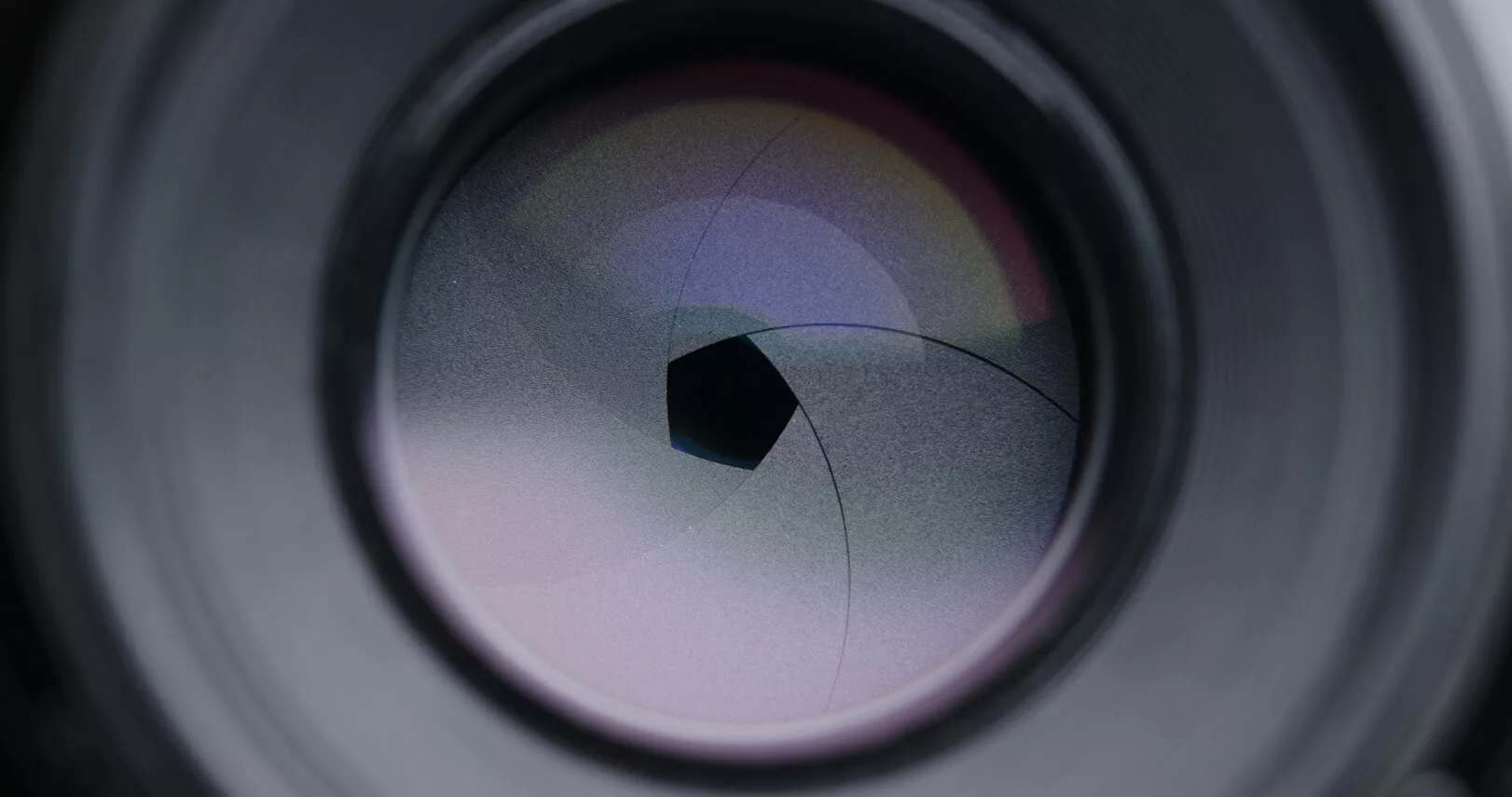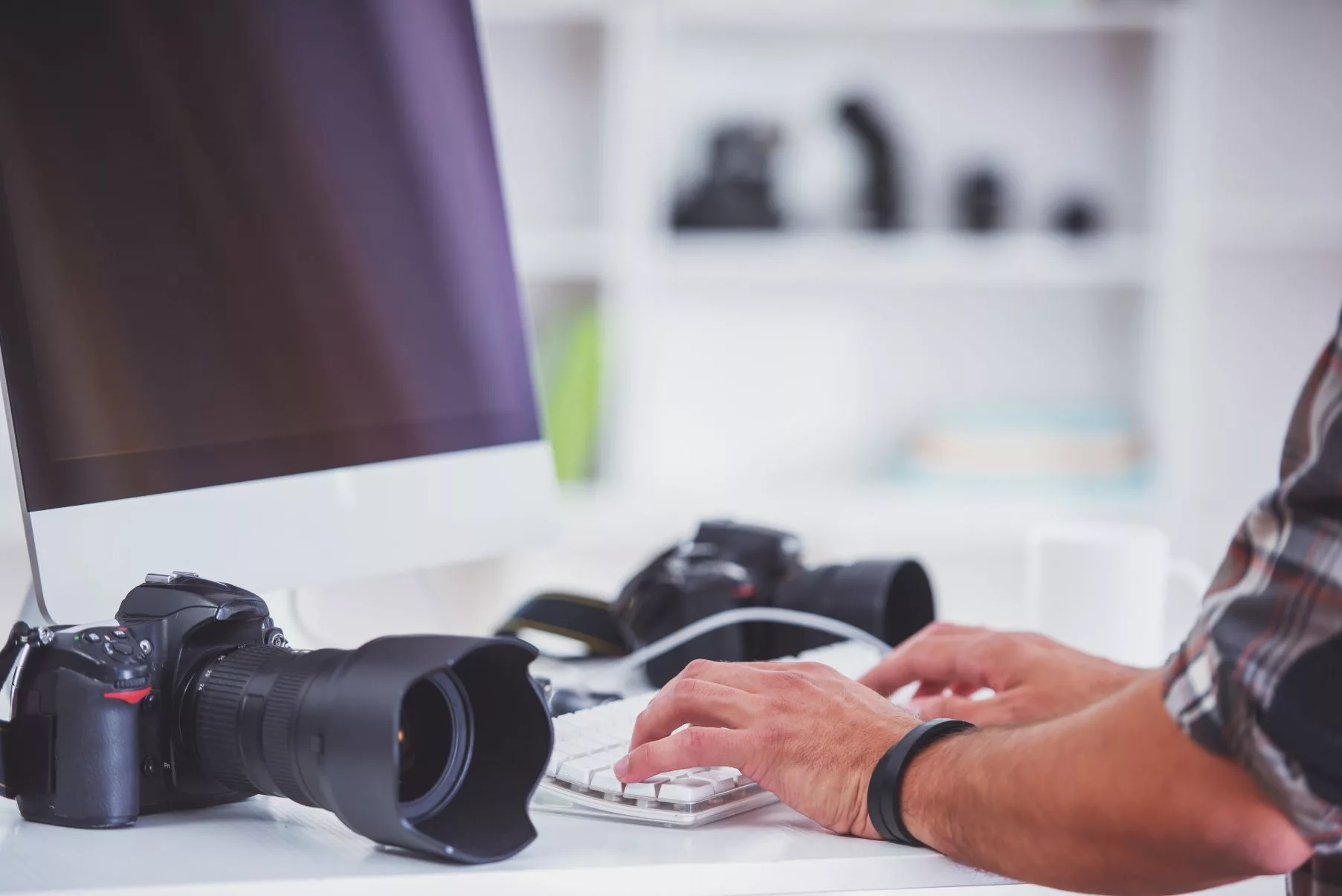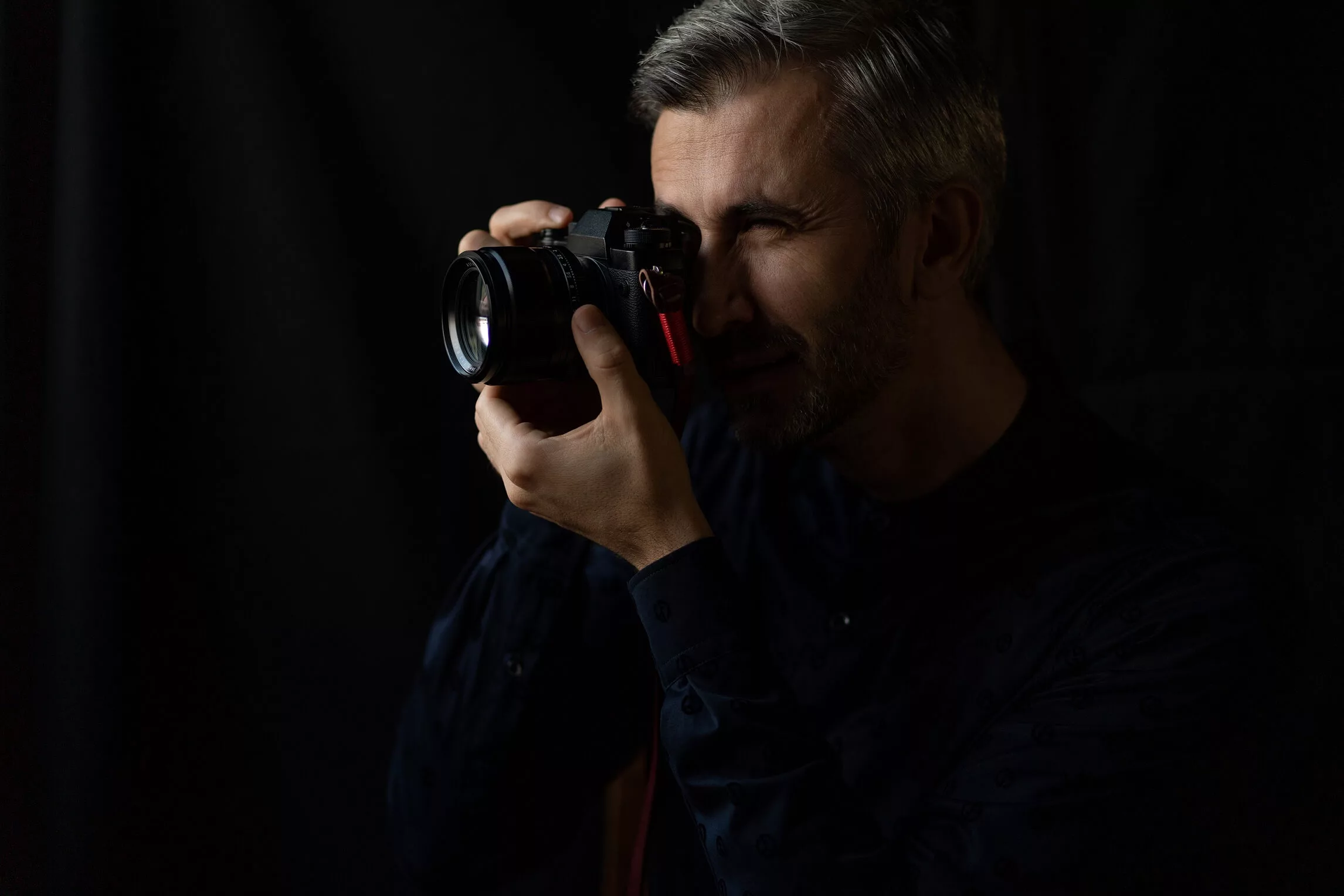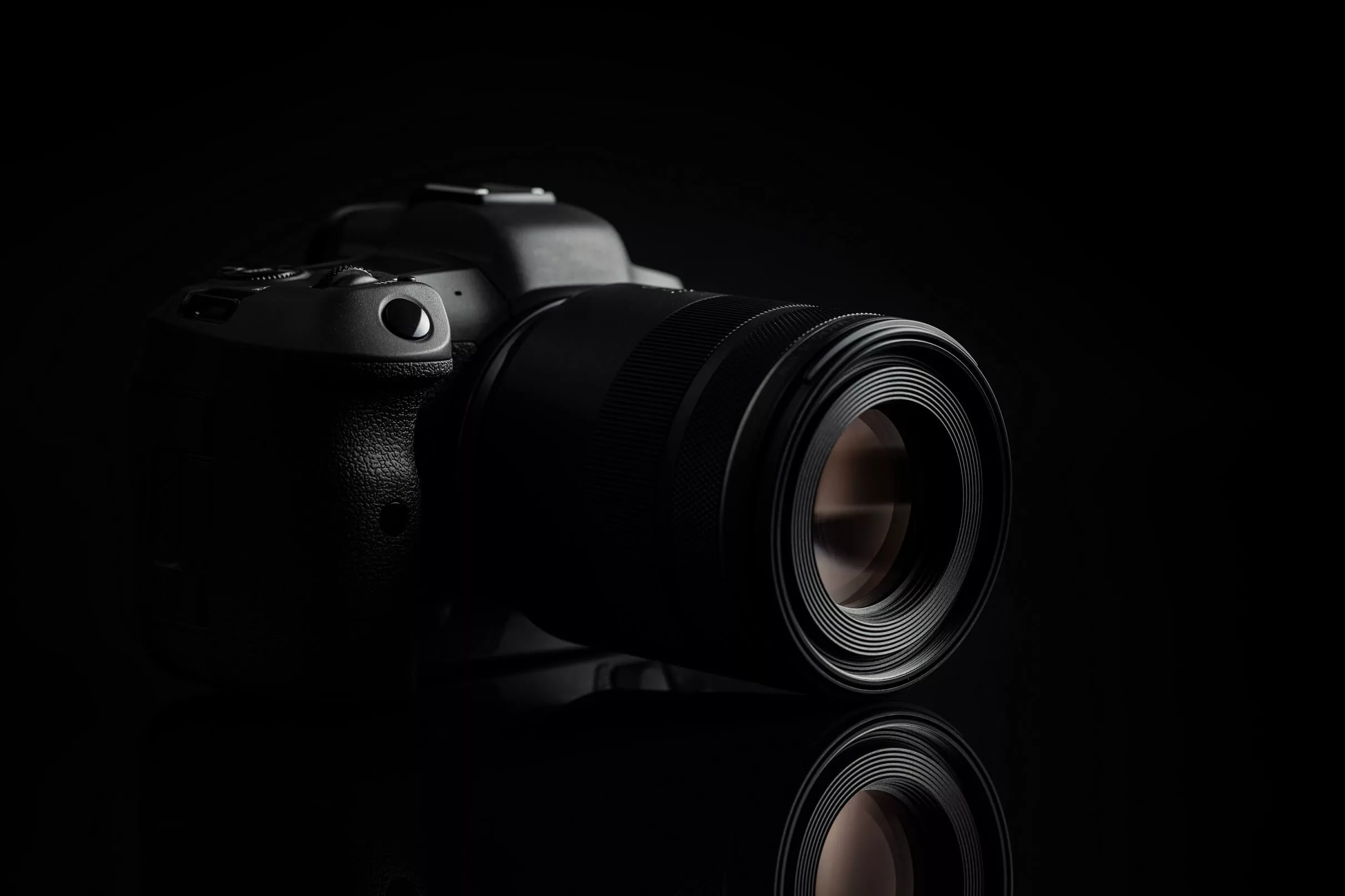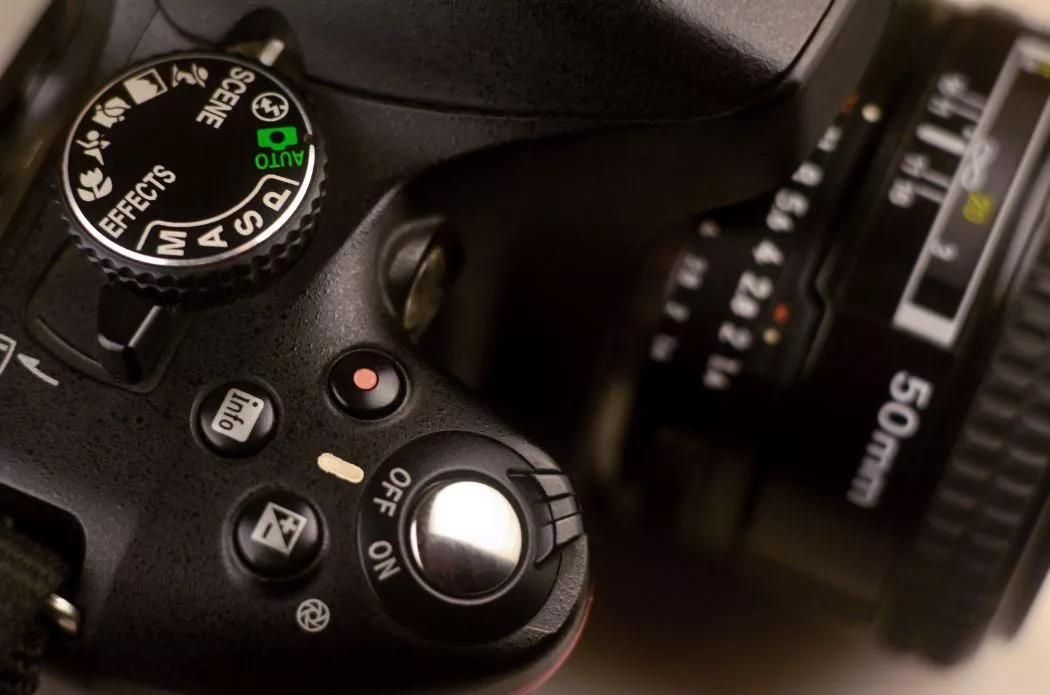Choosing the right camera can feel overwhelming, especially with the vast array of options available today. Whether you’re a beginner, an enthusiast, or a professional, selecting the perfect camera depends on your photography goals, budget, and preferred style. This guide will help you navigate the process and find the camera that best suits your needs.
- Identify Your Photography Goals
Before diving into camera specs, ask yourself what you want to achieve with your photography. Your goals will determine the type of camera and features you need.
Casual Photography: If you’re taking photos for fun or capturing everyday moments, a smartphone or a compact point-and-shoot camera might suffice.
Travel Photography: For travelers, portability and versatility are key. Consider a mirrorless camera or a high-end compact camera.
Portrait or Landscape Photography: If you’re focusing on specific genres, a DSLR or mirrorless camera with interchangeable lenses will give you more creative control.
Action or Wildlife Photography: Fast autofocus, high burst rates, and long lenses are essential for capturing fast-moving subjects.
Professional Work: If you’re a professional, you’ll need a high-resolution camera with robust build quality and advanced features.
- Understand the Types of Cameras
There are several types of cameras, each with its own strengths and weaknesses. Here’s a breakdown:
Smartphone Cameras
Pros: Always with you, easy to use, and great for casual photography. Modern smartphones offer impressive image quality and computational photography features.
Cons: Limited manual controls, small sensors, and fixed lenses restrict creative flexibility.
Compact Point-and-Shoot Cameras
Pros: Portable, affordable, and easy to use. Some models offer advanced features like zoom lenses and manual controls.
Cons: Smaller sensors and fixed lenses limit image quality and versatility.
Mirrorless Cameras
Pros: Lightweight, compact, and offer excellent image quality. They have interchangeable lenses, fast autofocus, and advanced features like electronic viewfinders.
Cons: Battery life can be shorter than DSLRs, and the lens ecosystem may be more limited depending on the brand.
DSLR Cameras
Pros: Excellent image quality, robust build, and a wide range of lenses and accessories. They offer optical viewfinders and long battery life.
Cons: Bulky and heavier than mirrorless cameras. Newer models are becoming less common as mirrorless technology advances.
Action Cameras
Pros: Small, durable, and designed for capturing action shots, sports, or underwater photography.
Cons: Limited versatility and image quality compared to other camera types.
Medium Format Cameras
Pros: Exceptional image quality with larger sensors, ideal for professional studio or landscape photography.
Cons: Expensive, bulky, and not suitable for fast-paced shooting.
- Consider Key Features
Once you’ve narrowed down the type of camera, evaluate the features that matter most for your needs:
Sensor Size
Larger sensors (e.g., full-frame or APS-C) provide better image quality, especially in low light, and allow for more creative control over depth of field.
Smaller sensors (e.g., micro four-thirds or 1-inch) are more compact and affordable but may struggle in low-light conditions.
Megapixels
Higher megapixels allow for larger prints and more cropping flexibility, but they aren’t everything. A camera with a lower megapixel count but a better sensor can still produce stunning images.
Lens Compatibility
If you choose a camera with interchangeable lenses, consider the availability and cost of lenses for that system. A good lens ecosystem is crucial for long-term growth.
Autofocus System
Fast and accurate autofocus is essential for action, wildlife, and portrait photography. Look for cameras with advanced autofocus features like eye detection or tracking.
Video Capabilities
If you plan to shoot video, check for features like 4K resolution, frame rates, and stabilization. Some cameras also offer vlogging-friendly features like flip-out screens.
Battery Life
DSLRs generally have longer battery life than mirrorless cameras. If you shoot for extended periods, consider carrying extra batteries.
Size and Weight
If portability is important, mirrorless or compact cameras are ideal. For studio work or long shoots, a heavier DSLR might be more comfortable.
- Set a Budget
Cameras and accessories can quickly add up, so it’s important to set a realistic budget.
Entry-Level: 300–300–700 for beginner-friendly DSLRs or mirrorless cameras.
Mid-Range: 800–800–1,500 for enthusiast-level cameras with advanced features.
Professional: $2,000+ for high-end cameras with top-tier performance and build quality.
Don’t forget to budget for additional gear like lenses, memory cards, tripods, and camera bags.
- Try Before You Buy
If possible, visit a camera store to test different models. Pay attention to:
Ergonomics: Does the camera feel comfortable in your hands?
Ease of Use: Are the controls intuitive?
Image Quality: Test the camera in different lighting conditions to see how it performs.
- Think About the Future
Consider how your photography might evolve. If you plan to grow into different genres or upgrade your gear over time, choose a camera system with a wide range of lenses and accessories.
- Popular Camera Brands to Consider
Canon: Known for user-friendly DSLRs and mirrorless cameras with excellent color reproduction.
Nikon: Offers robust DSLRs and mirrorless cameras with great dynamic range.
Sony: A leader in mirrorless technology, known for fast autofocus and compact designs.
Fujifilm: Popular for its retro design, film simulations, and APS-C mirrorless cameras.
Panasonic and Olympus: Great for micro four-thirds systems, offering compact and versatile options.
Leica: High-end cameras with exceptional build quality and image quality.
Conclusion
Choosing the right camera is a personal decision that depends on your photography goals, budget, and preferences. By understanding the types of cameras, key features, and your own needs, you can make an informed decision that will help you capture the images you envision. Remember, the best camera is the one that inspires you to get out and shoot, so take your time, do your research, and enjoy the process of finding your perfect match!


